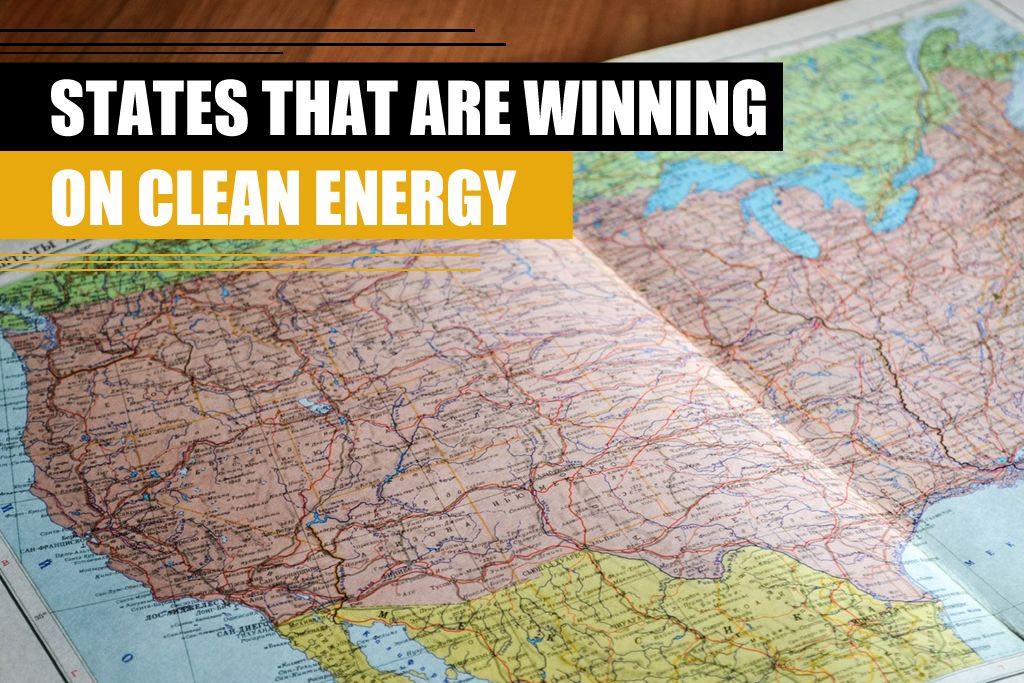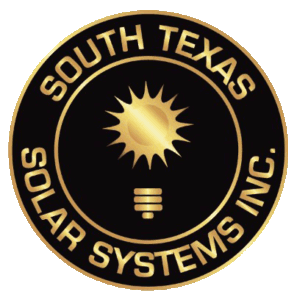
For most of its history, the US has heavily relied on fossil fuels. Starting with the industrial revolution and going through countless technological advancements, coal, oil, and natural gas have been at our side. But, unfortunately, the current climate trends and depleting fossil fuel reserves necessitate that we steer away from traditional fuels. We need to turn towards clean energy through solar panels, wind turbines, and hydroelectric plants. Even off-grid solar panels are a viable option for the more rural parts.
And, while we are all aware of this reality, some states are better than others in implement eco-friendly solutions. So, to congratulate those states and, hopefully, learn from them, we will list them out. Without further ado, here are the states that are winning on clean energy.
Our list of states that are winning on clean energy
We will base our list on one simple metric: “The amount of clean energy created within a state.” We preface this so that there is no confusion regarding what “winning” means when it comes to clean energy.
If you are planning to move and are using this article for research about eco-friendly living, we strongly suggest that you contact Best Long Distance Movers. That way, you can learn how to make your relocation as eco-friendly as possible while moving to one of the states that use the cleanest energy.
Vermont
Let’s start our list with a state that is not only the winner in clean energy but arguably the most eco-friendly state in the US. As it is now, Vermont generates around 99.6% of electricity from renewable sources, 55% of which comes from hydroelectric sources. Wind farms also play a significant role in Vermont’s energy generation with about 18%. It is fair to say, though, that Vermont consumes about three times more energy than it produces. But, the total energy consumption is still the lowest among the US states. So, all things considered, Vermont has a decent claim for the most eco-friendly US state.
Idaho
81.6% of Idaho’s electricity is generated from clean energy sources. These are primarily hydroelectric utility-scaled power plants, which produce 56% of state energy. This considerable reliance on relatively abundant energy has led to Idaho’s low energy prices (among the lowest five in the US).
Washington
As we’ve seen, hydroelectric energy production is a big part of both Vermont and Idaho’s clean energy infrastructure. Well, when it comes to the amount of hydroelectric energy produced, you can hardly beat the state of Washington. Over 25% of US hydroelectric energy comes from here. The Grand Coulee Dam alone can use the Columbia River to create energy for 2.3 million households. So, you can imagine just how invested Washington is in clean energy production. The sole reason why we still consider it a close second to Oregon is that 44% of state-wide energy use is clean.
Oregon
With over 76.3% of its energy reserves coming from clean sources, Oregon easily comes on top of our list. Once you consider how windy it is, it shouldn’t come as much of a surprise that it uses more than 1,900 turbines with 3,400 megawatts of generating capacity. This energy infrastructure allows Oregon to have 11% of its electricity net generation come from wind. And, as luck would have it, the wind isn’t even Oregon’s greatest clean energy generator. 65% (over 8.2 GW total capacity) of energy is hydro-based. Therefore, with an already developed infrastructure and high production of clean energy, we proudly declare Oregon, the winner on clean energy.
Maine
With 75.9% of its energy being clean, Maine is very high on the list of the cleanest states. A large part of Maine energy production relies on biomass fuels, mostly related to wood and wood derivatives. Apart from that, there is a substantial amount produced through water, with around 31%. Currently, Maine is trying to incorporate wind production as much as possible, as it promises to be a better long-term solution than relying on biomass. With 24% of in-state energy generation, Maine is on a good way towards increased wind use. The one potential downside to Maine being truly eco-friendly is that almost two-thirds of households still use fuel oil as a primary heating source.
South Dakota
Standing right behind Maine is South Dakota, with 73.1% use of renewable energy. 45% of in-state energy generation came through hydropower. Seeing the large mass of powerful rivers going through South Dakota, it is easy to understand why the state is so reliant on its power generation. Apart from hydropower, South Dakota also uses wind, coal, and natural gas. Wind accounts for nearly 25% of energy net generation, so it is nothing to scoff at. Most South Dakotans still use electricity as the primary source for heating, which isn’t entirely eco-friendly.
California and off-grid solar panels
The previous states all have over 50% of their energy come from clean sources. Now, unfortunately, we move to countries that are below the 50% line. The first one in this group is California, with 47.2% clean energy production. When it comes to solar, geothermal, and biomass energy, California is at the top. So, if you plan on using solar energy, even with off-grid solar panels, you should definitely consider living here.
Furthermore, when it comes to standard hydroelectric power generation, California is second in the US. California is often difficult to categorize, as different metrics related to energy production and consumption place it in wildly different spots. For instance, California has the second-highest energy consumption in the US. But, when it comes to per-capita, it has the fourth-lowest.
If California is one the list of states you wish to move to and eco-friendliness is among your top priorities, it is worth considering it. However, we suggest you dig a bit deeper before you decide. There are many moving elements when choosing your next place for life. It’s not only where, but also when and how you will relocate. You need to consider a lot to make the right choice, hire the right moving company, and find the best new home.
Final thoughts
If you are trying to find the states that are winning on clean energy to choose the right one to relocate to, we suggest that you do a bit more research. As we’ve mentioned, you’ll find it challenging to boil down the eco-friendliness of a state to a single metric. Instead, we would advise you to focus on your individual efforts and check for energy-efficient neighborhoods. Even off-grid solar panels can be a great solution if moving to an eco-friendly area seems too difficult.
